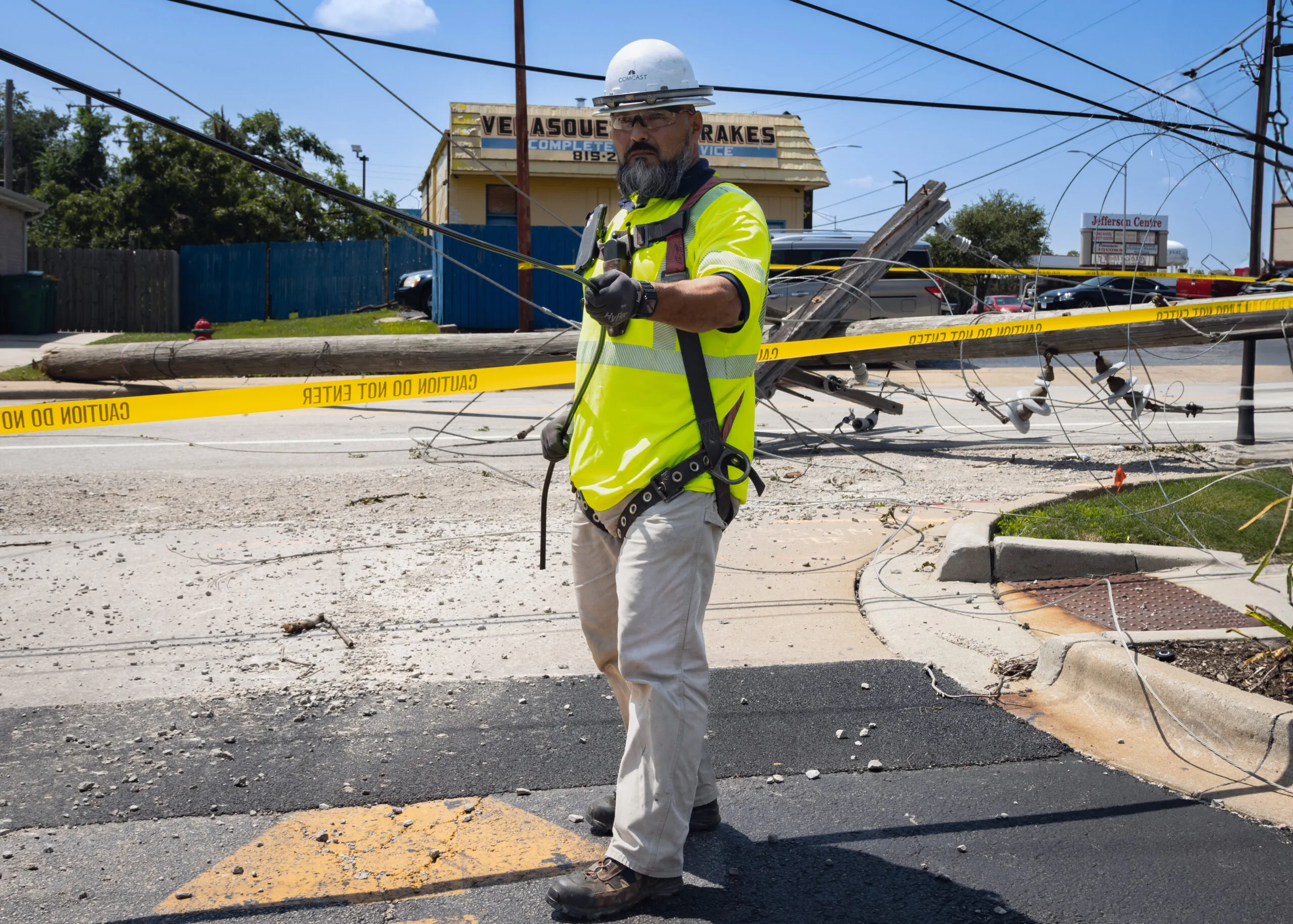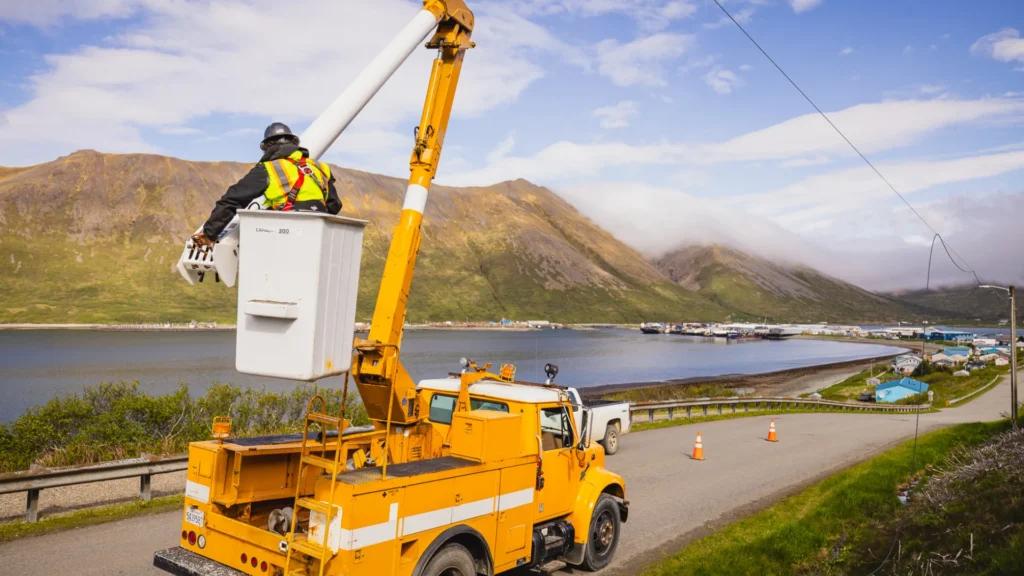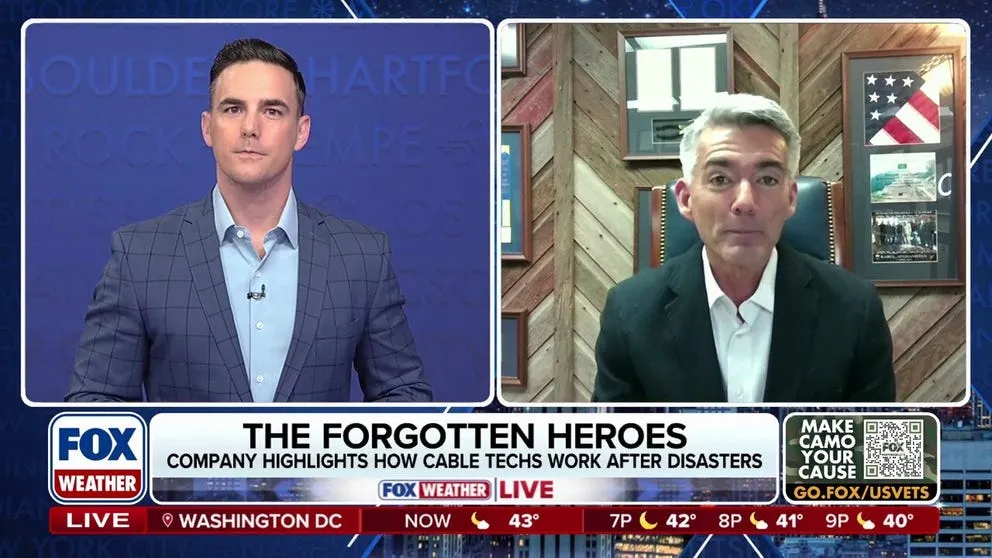With hurricane season on the horizon, and on the heels of devastating wildfires and winter storms in recent months, cable broadband providers are preparing for extreme weather across the country.
When disasters hit, communication networks are vital to emergency efforts and local economies, making their timely restoration critical for community recovery.
So, what goes into repairing these complex networks and getting connectivity back online after a wildfire or flash flood wipes out power lines or even entire roads? In short, lots of preparation, boots on the ground, and constant coordination and communication.
Preparing beforehand
While catastrophes aren’t always foreseeable, cable broadband providers do as much as they can to prepare ahead of time, especially during hurricane season or other times of year when certain disasters are more likely to occur, such as wildfires or ice storms.
- Teams train, get emergency supplies ready and locally staged, and stay on top of potential threats as they develop.
As Tony Speller, Senior Vice President of Technical Operations and Engineering for Comcast’s Central Division, explained, “Once we determine the threat, we turn up a disaster management team. In our division alone, we have over 700 technicians who are on call at any given moment. We call them ‘Storm Team One’; they can be deployed anywhere in the division at any time once an incident occurs.”
He continued, “We’ll then move equipment and inventory into those areas. You can imagine that once an event hits, it’s going to be very hard to transport people across towns or states and move materials, so we have a very systematic process to get people in place.”
When it hits
Having prepared as much as possible, emergency response teams gather to monitor disasters as they develop, often bringing in crews from other regions far out of harm’s way to assist efforts.
Teams coordinate logistics and share information, ensuring crews are kept safe from danger and work with other parts of the community as needed, such as utilities, governments, and emergency services.
- Since infrastructure of all types is often built in the same place, quick and precise communication helps mitigate threats such as downed power lines and speeds up recovery efforts.
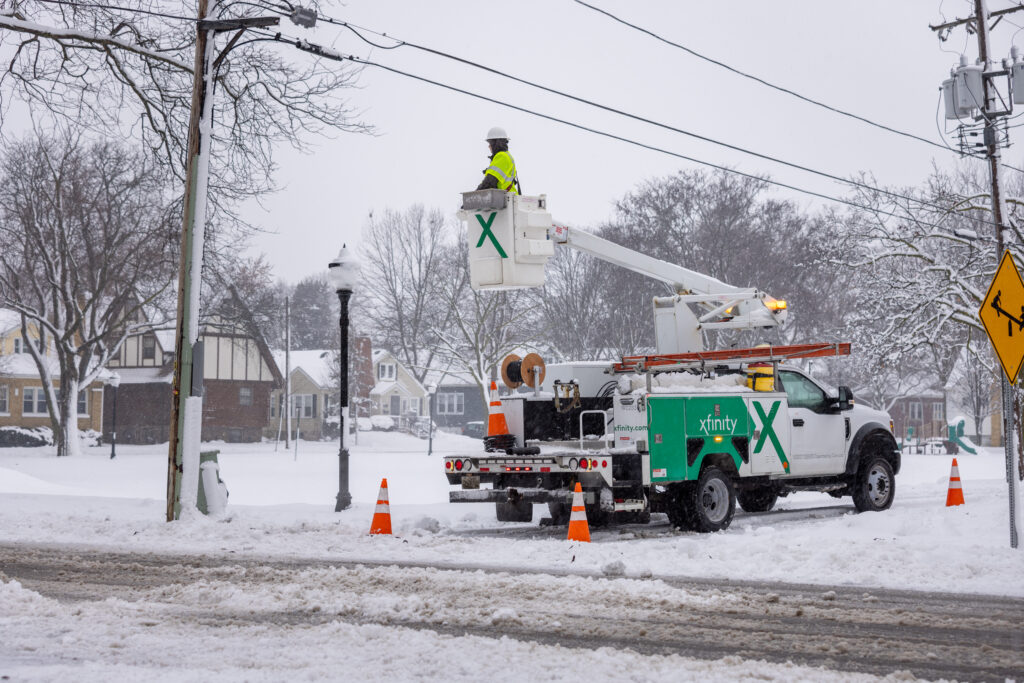
Doug Davis, Regional Vice President of Field Operations, Mid-South Region for Charter explained to NCTA, “Spectrum takes an all-hands-on-deck approach, ensuring employees are on standby for quick mobilization during and after the hurricane. We have resources staged and teams positioned ahead of time so we are prepared once the storm has passed and the company establishes a central ‘war room’ where regional leadership and experts gather, share information and make real-time decisions.”
Additionally, he added, “Spectrum’s Regional Operations Center (ROC) operates around the clock, providing real-time monitoring of network performance. The ROC can identify issues even before customers notice disruptions. In a severe weather event, the ROC pinpoints impacted areas, ensuring rapid dispatch of repair teams as soon as we are able to access the impacted areas.”
And new network AI innovation is helping broadband providers, like Comcast, take real-time monitoring a step further, allowing them to analyze outage data in real-time to accurately distinguish between outage sources, like fiber cuts, downed equipment or commercial power outages to more efficiently manage response team resources and focus on resolving issues that can bring customers back online more quickly.
After the storm
Once danger has passed, crews immediately hit the ground running, working around the clock to restore services as quickly as possible. Even if destruction is disastrous, a temporary network will still often be set up, allowing connectivity to continue while the larger efforts of rebuilding heavy infrastructure get underway.
- This was the case after catastrophic flash floods washed away entire communities in North Carolina last year when Hurricane Helene brought unprecedented flooding to mountaintop communities.
- Rebuilding permanent infrastructure often requires utilities like electricity to be repaired first, so staying connected with local power companies and authorities plays an important role in facilitating recovery.
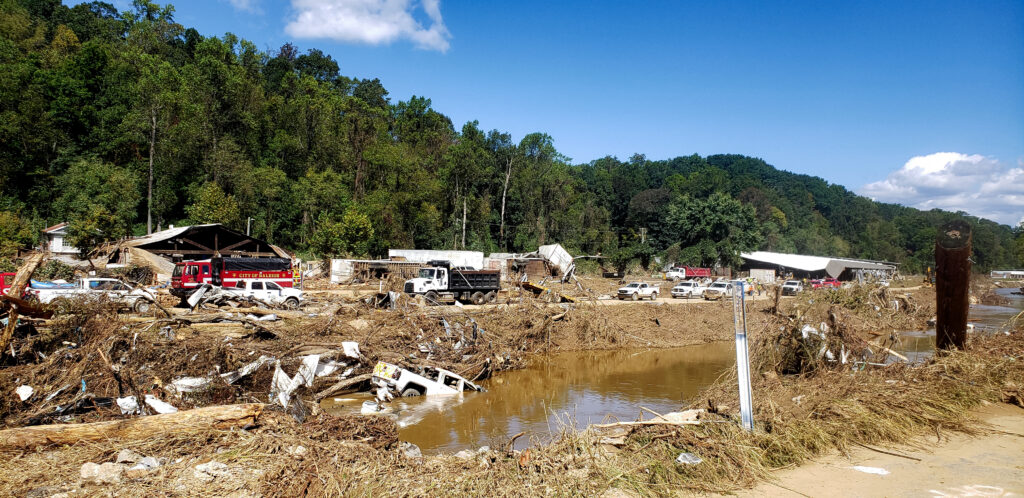
As Davis told NCTA, “If both power and cable lines are down, emergency restoration procedures dictate that power companies are the first to repair their lines and damaged infrastructure.” He continued, “downed power lines can cause dangerous conditions, so an area must be surveyed and cleared by power company personnel before an all clear is given and restoration work on communications lines can begin.”
The most efficiently organized restoration responses occur when there is a dedicated emergency response command center established to ensure local officials and agencies, emergency services, power companies, telecommunications companies and other parties have representatives on site together ensuring timely access to information and supporting continued coordination through the conclusion of the event. Access, information and coordination are key to ensuring all parties are able to work together and provide rapid restoration following a natural disaster.
Even after service has been restored, cable broadband companies often go above and beyond to the further help the community.
- For instance, Charter has donated $1.6 million in cash and in-kind contributions to local relief and community organizations in areas impacted by Hurricanes Helene and Milton. In addition, Charter’s Community Impact programs have helped improve local community centers in North and South Carolina.
- Comcast donated $500,000 in cash and in-kind contributions to impacted Florida communities, benefitting food banks, community organizations, and other local outreach groups.
As the impact of severe weather and natural disasters continues to occur more regularly, cable broadband providers will continue to monitor threats and prepare for worst-case scenarios to ensure services are restored for communities and customers they serve as quickly as possible.

